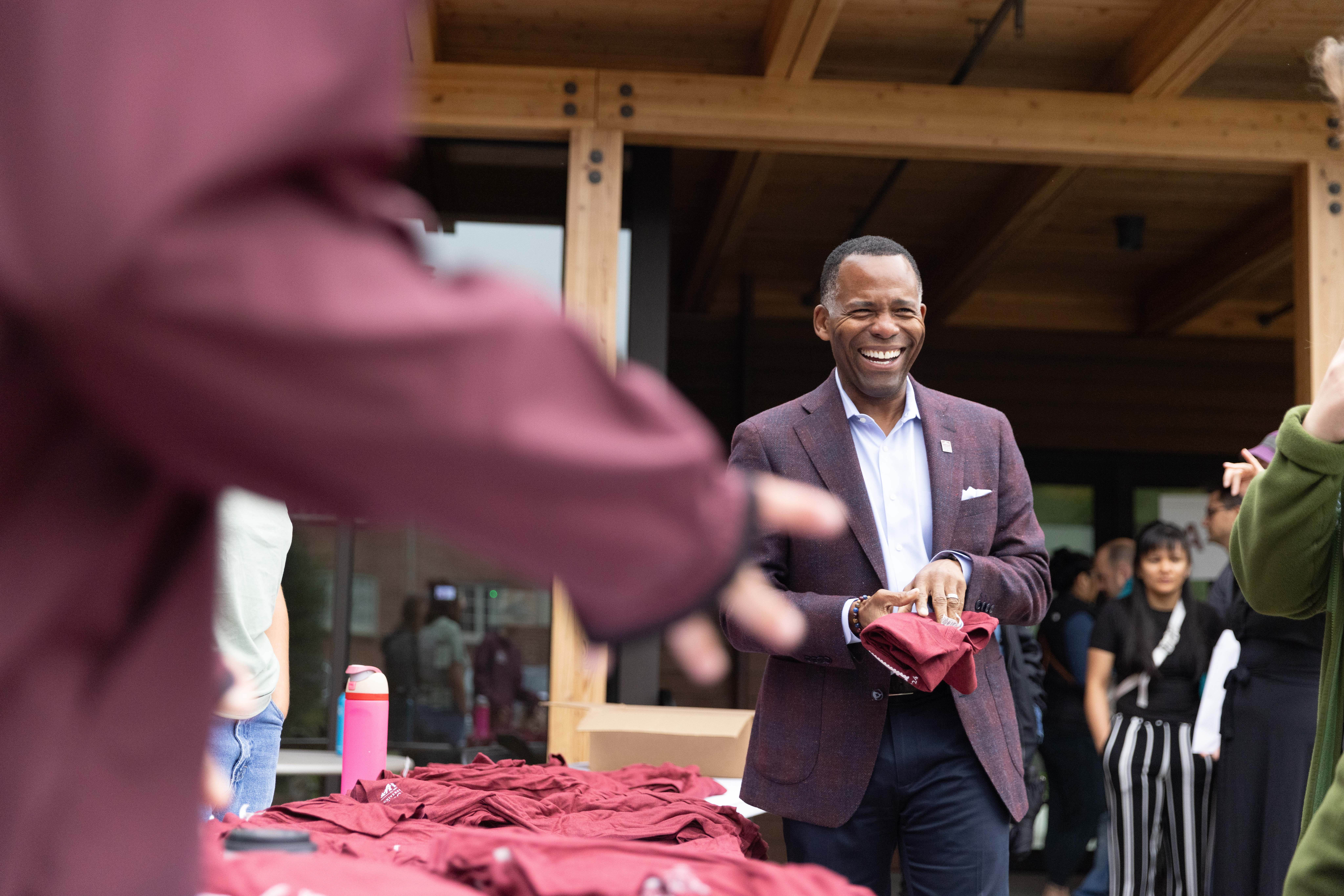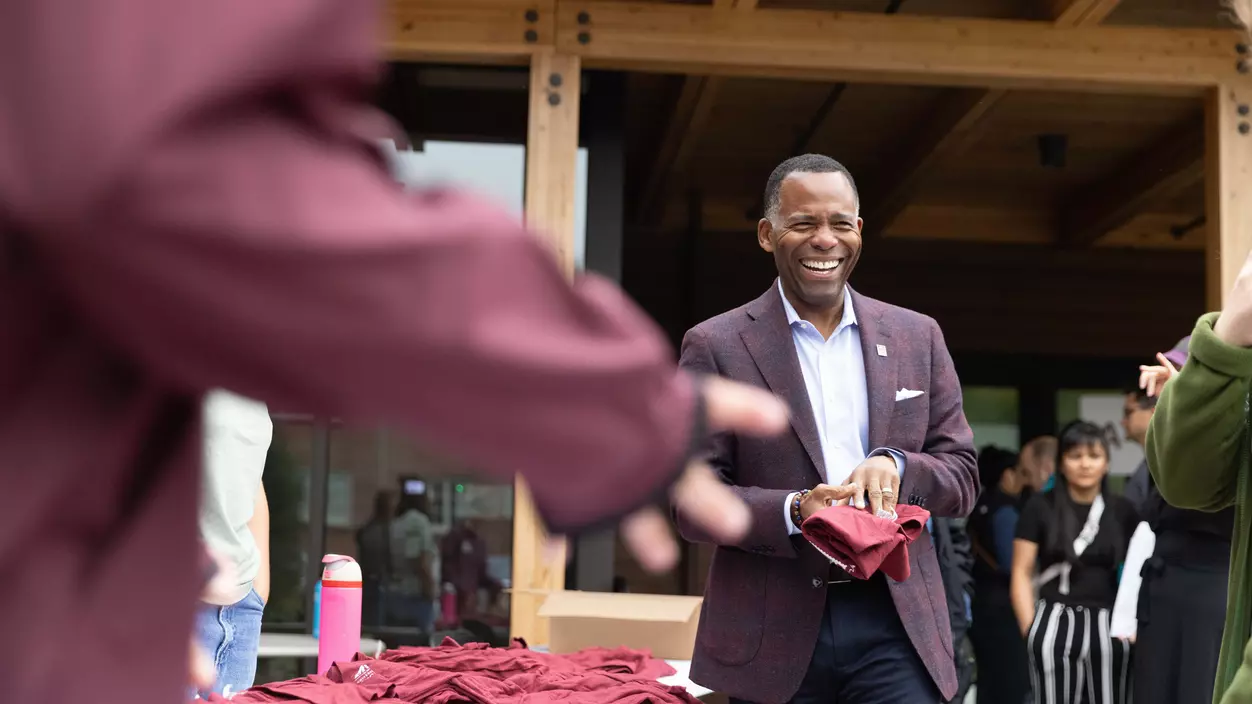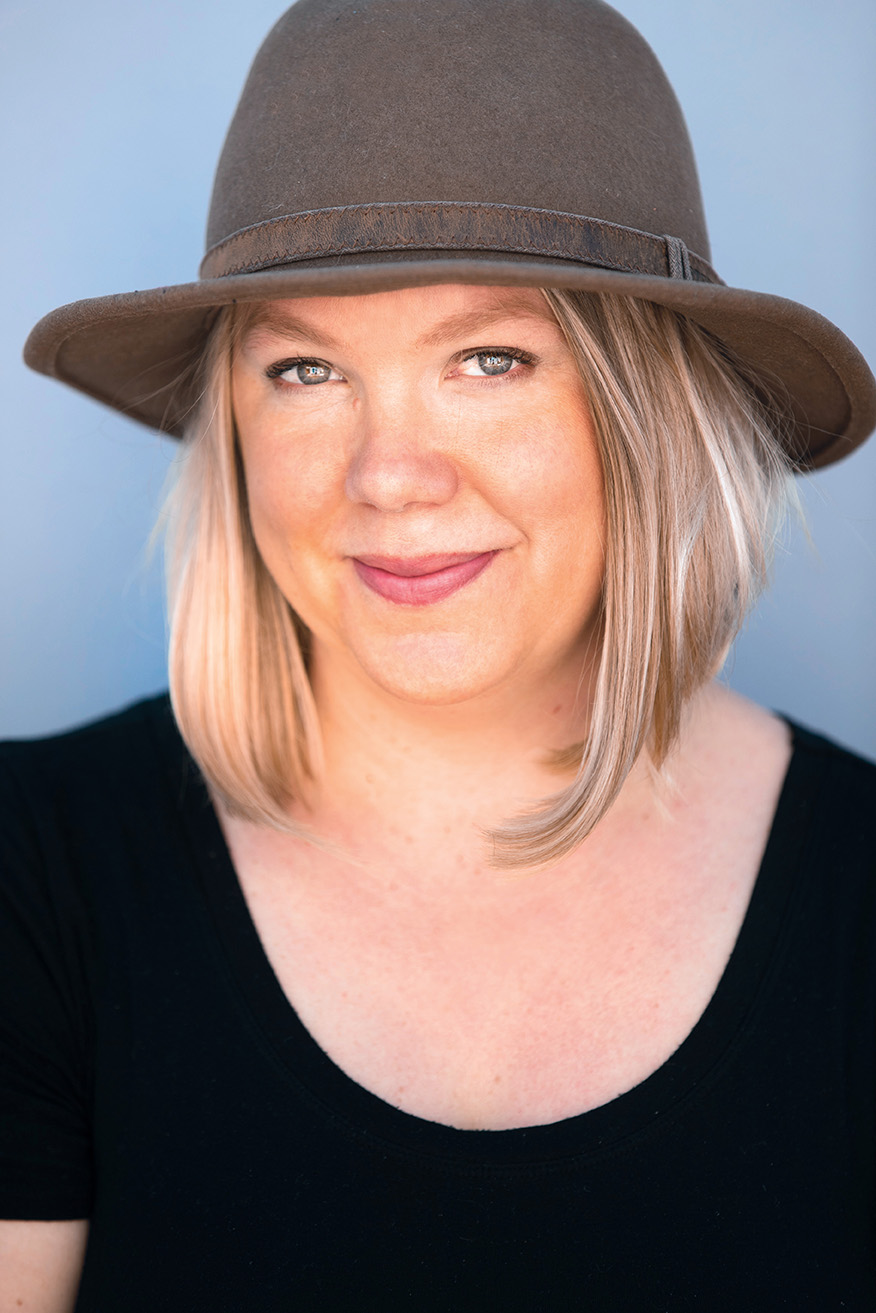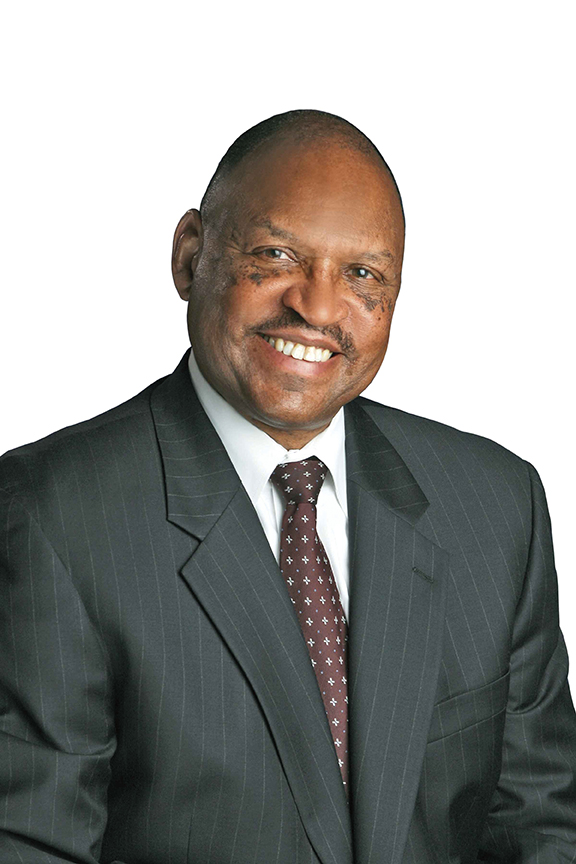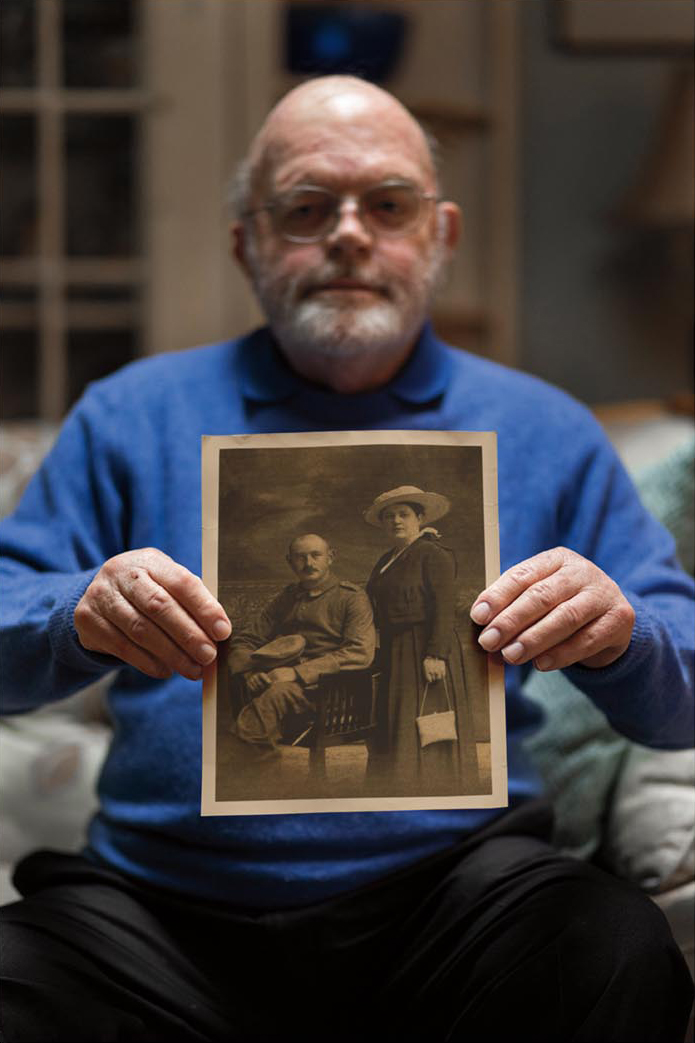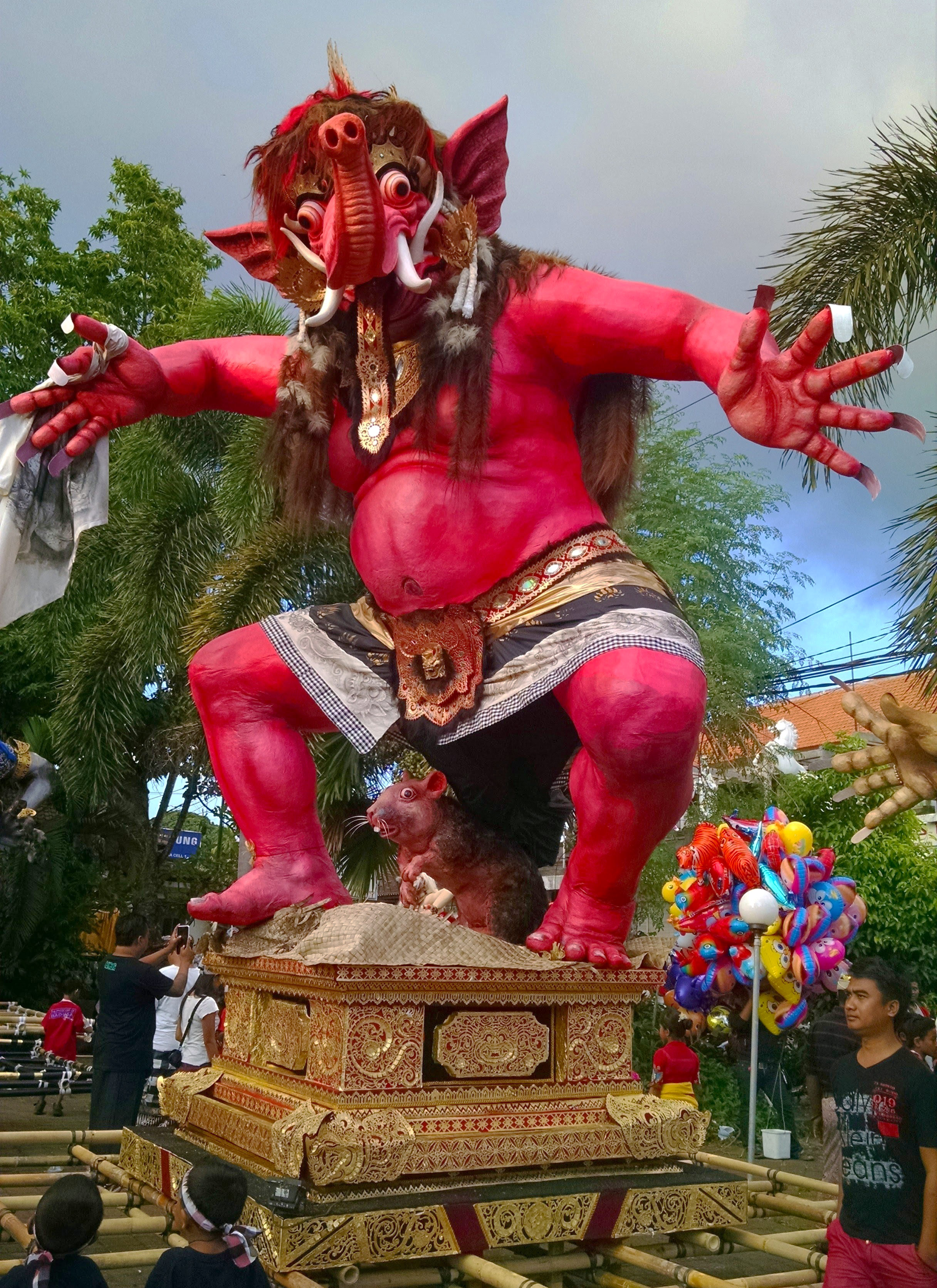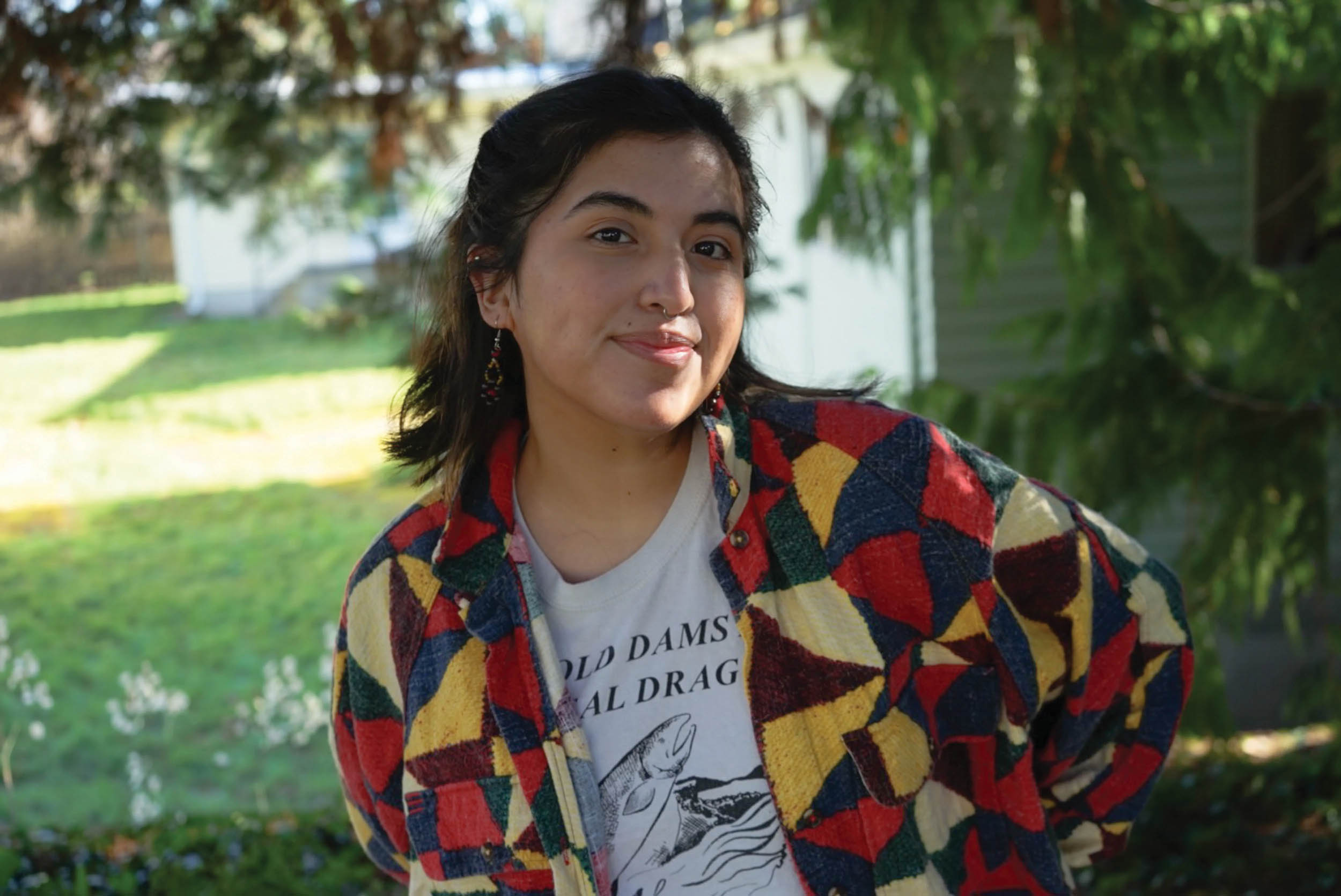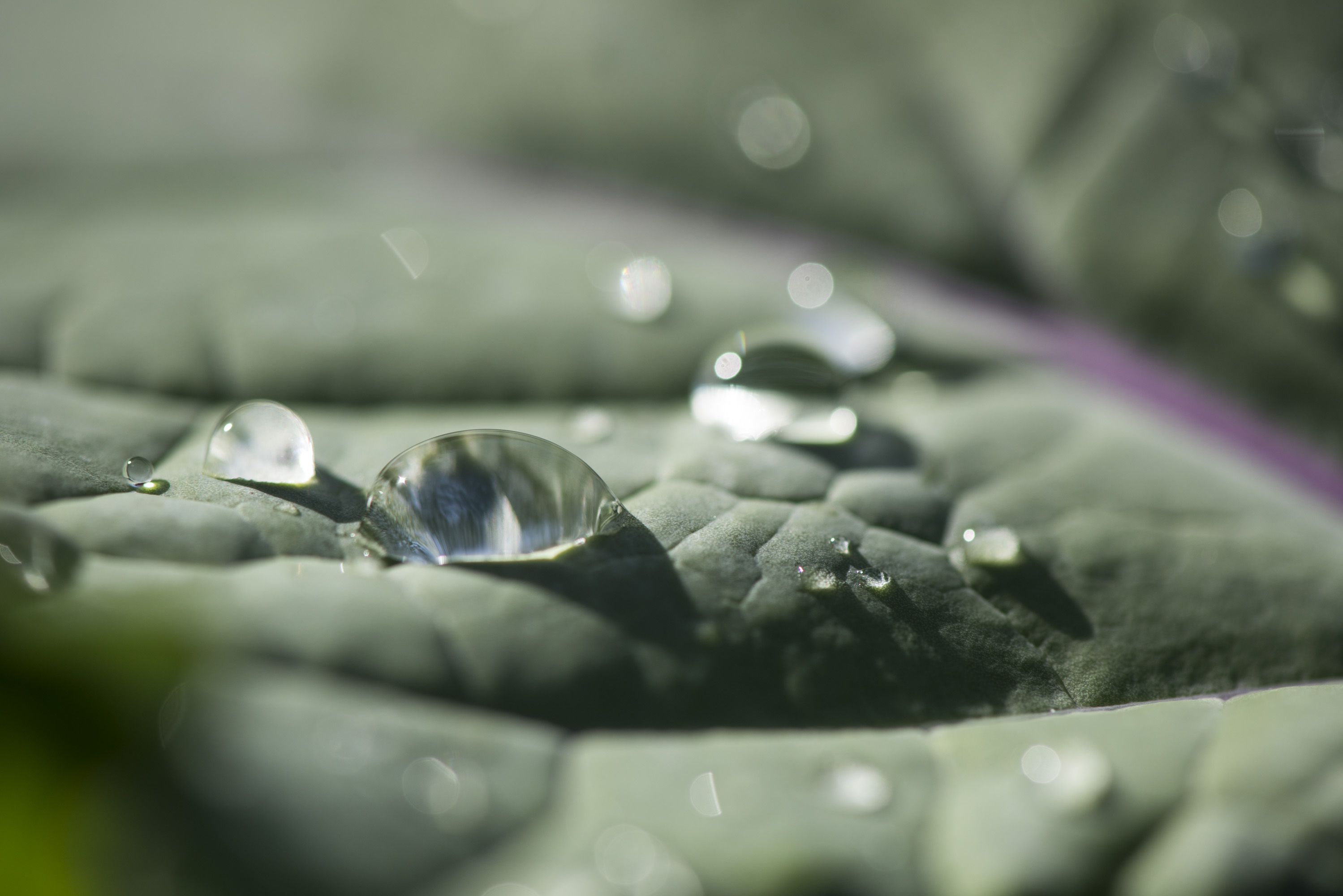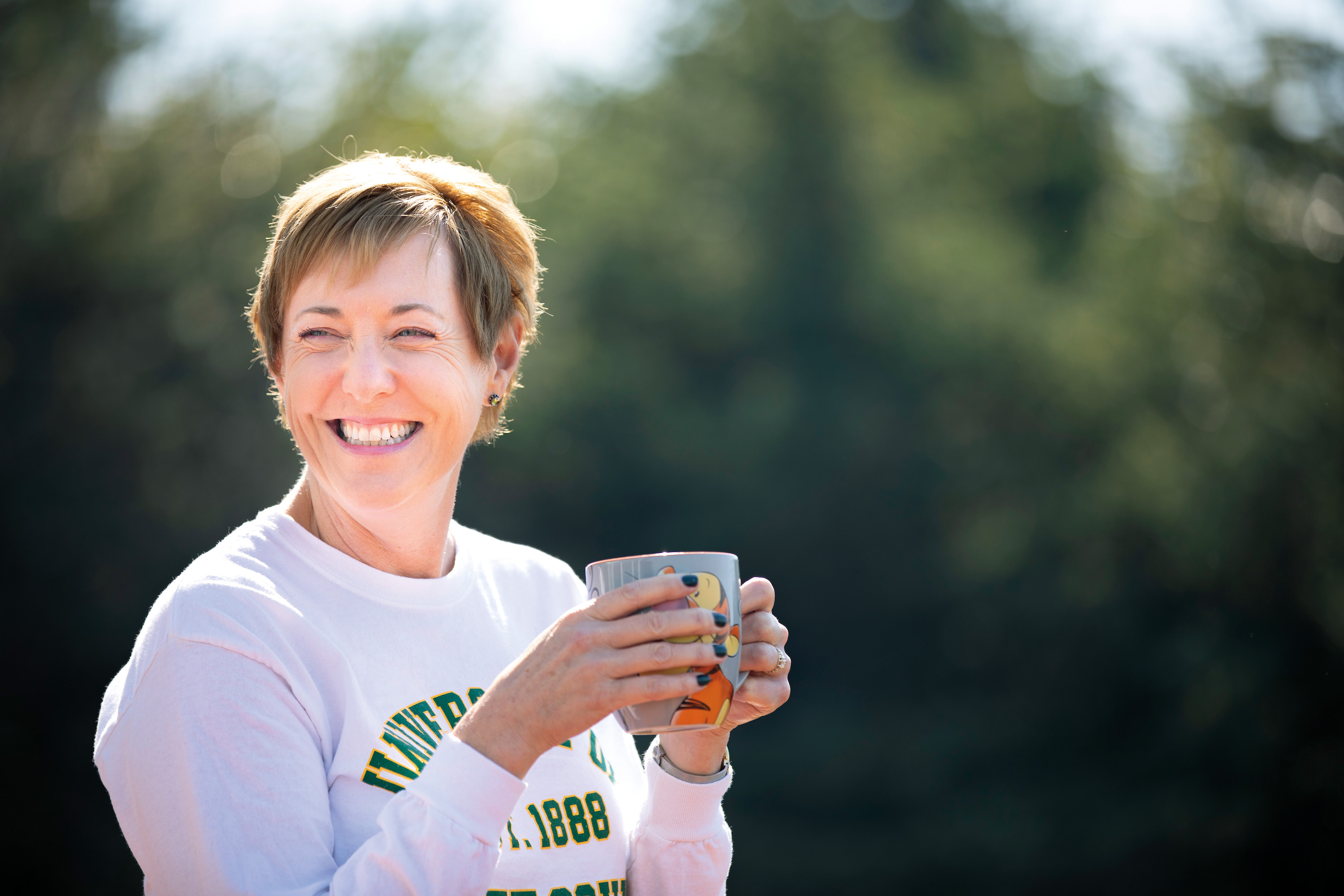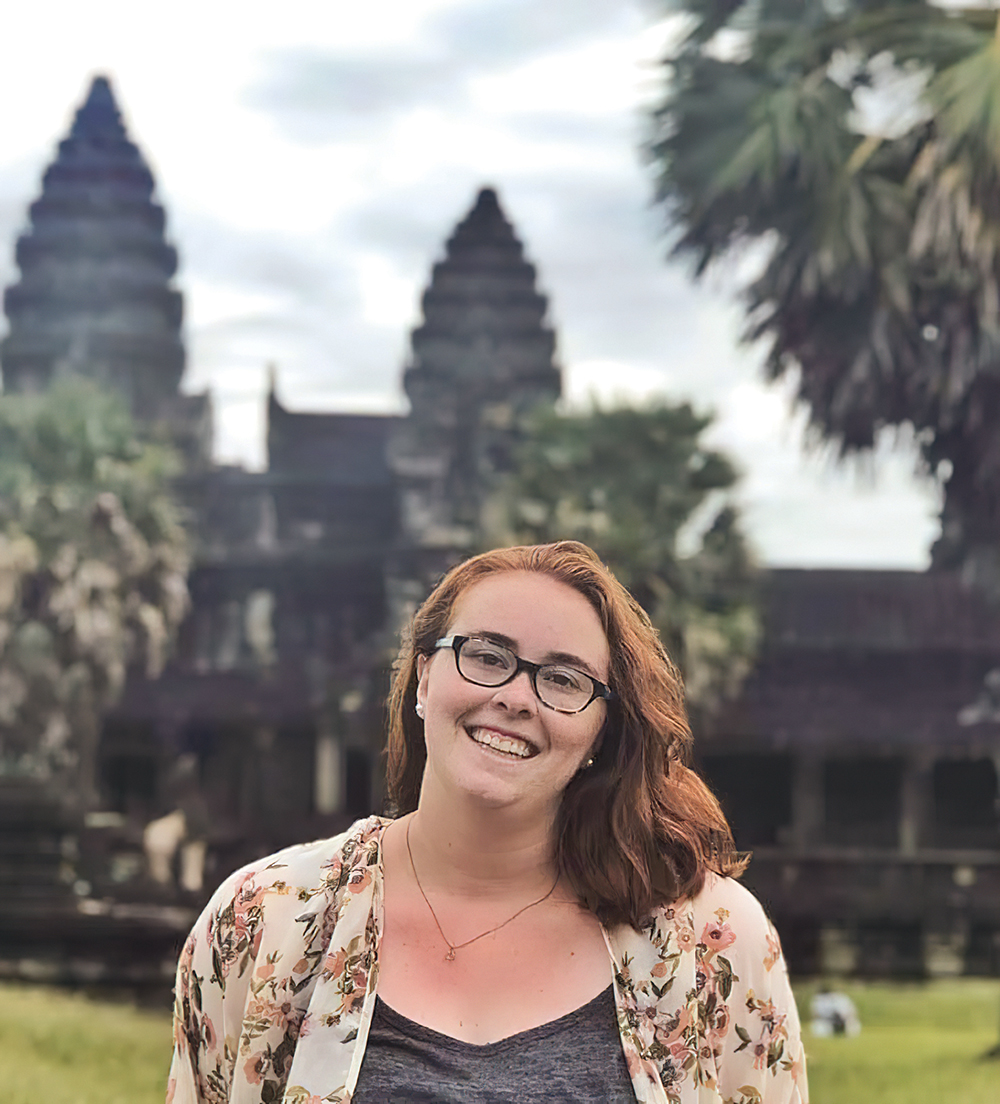Even though I graduated exactly 30 years ago and have been back to campus only occasionally, it still feels like I know these walkways and hallways so well. But there is a lot that’s new, too. Are there any additions to campus you’d want to make sure I don’t miss?
If you have not been to campus in a few years, I encourage you to visit our beautiful Athletics and Aquatics Center [which opened in 2016], Weyerhaeuser Hall [opened in 2011], and the Wilson Welcome Center [opened in 2021]. Then take a peek at our newly renovated dining hall in Wheelock, along with Seward and Regester halls—all of which were renovated and updated the past two summers.
Which of these changes has been the most meaningful to you—or has had the biggest impact on students and the community?
I would say the Wilson Welcome Center has been a pivotal addition. It allows us to graciously welcome visitors to campus and to highlight the institution, our students, faculty, staff, and alumni. And it’s a flexible space that members of the broader campus community can use as well. I think it serves as a lovely front porch for the university.
Would anything surprise me about the campus today compared to the campus I left in 1994?
I’ll boast and brag a little bit—although the campus has changed a great deal since then and is now recognized as one of the most beautiful in the nation, the sense of community, warmth, and integration into the neighborhood remains the same. When our alumni come back to campus, they consistently share that it still feels like home to them, and that’s always really nice to hear. So as much as the campus itself may have changed, what really makes this place this place hasn’t changed. People still sense it being what they recall and what they knew.
What might have changed about the students today compared to the students 10 or 20 or 30 years ago, and then what has stayed the same?
I can unequivocally share that the styles of dress and hairstyles of our students have certainly changed and evolved over the years. What has not changed, however, is their sense of curiosity, creativity, and commitment to their studies, as well as their determination to live lives of purpose and impact.
What else do you think I should make sure to check out during my visit to campus?
Well, I think you might want to visit The Slab [outside of the Wheelock Student Center] for lunch so you can see and visit our students. Check out KUPS, our nationally-ranked campus radio station in Wheelock, and marvel at the Chihuly installation in Wyatt Hall and the Foucault Pendulum at the center of the spiral staircase in Harned Hall. Make sure you walk down the spiral staircase to see it up close. It’s really cool.
[Note from Lisa: I did get the chance to visit all of these during my time on campus, and can confirm they are all worth seeing, and the pendulum is incredibly cool.]
Is there anything else you want to add, or that I forgot to ask?
That covers the highlights, but there is always so much to discover here on campus. I encourage all alumni to come back for a visit, however long it’s been since your graduation. And I am happy to welcome you back to campus, Lisa. I share your outlook that alumni magazines need to, at their heart, tell a good story about our alumni community. It’s through the accomplishments of our alumni that we can really claim fully our place among the finest liberal arts institutions in the United States.
